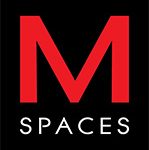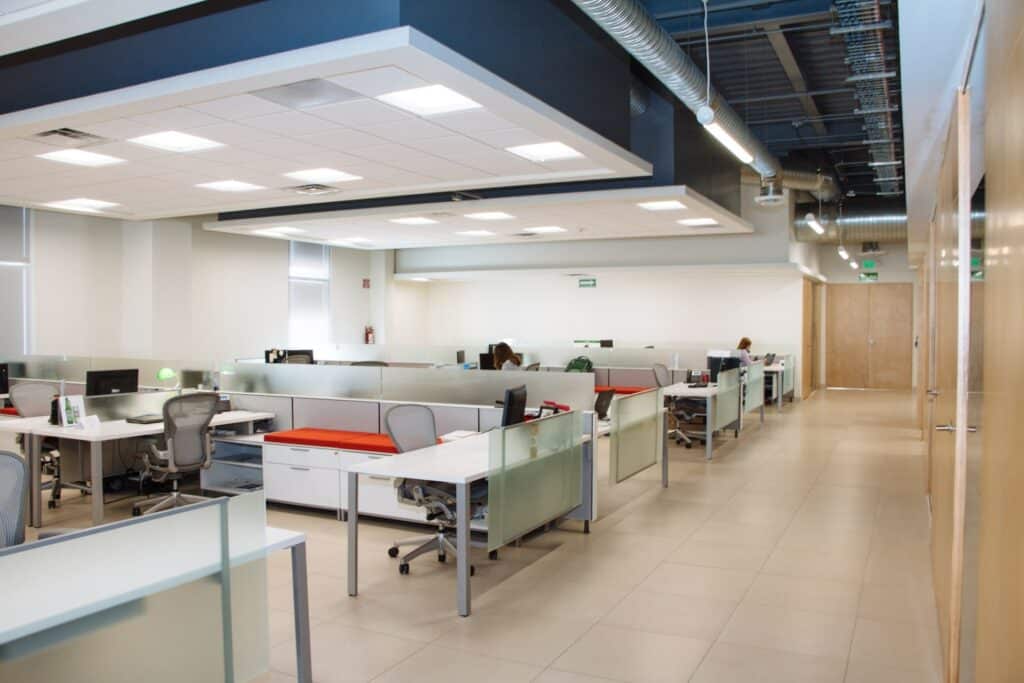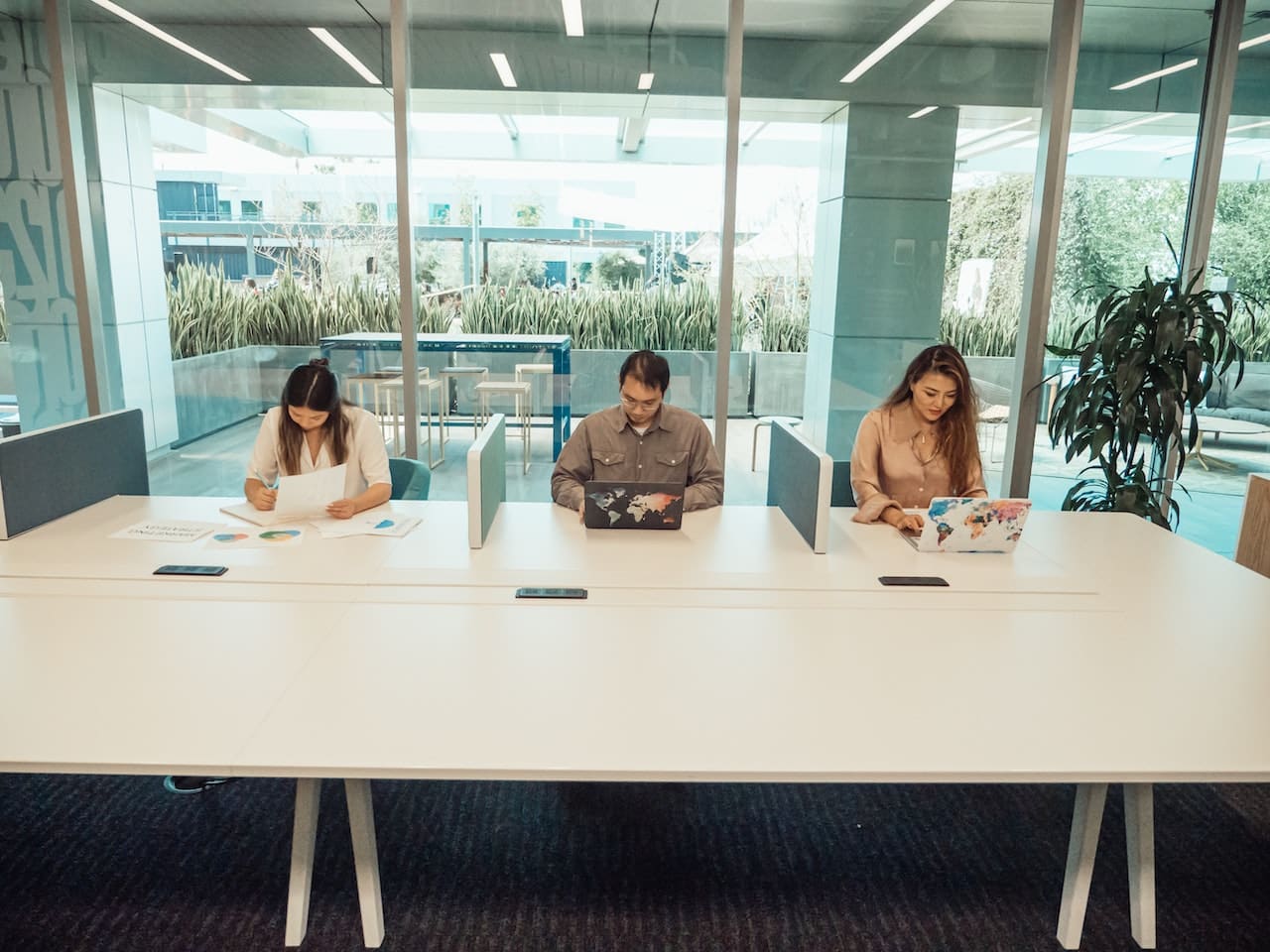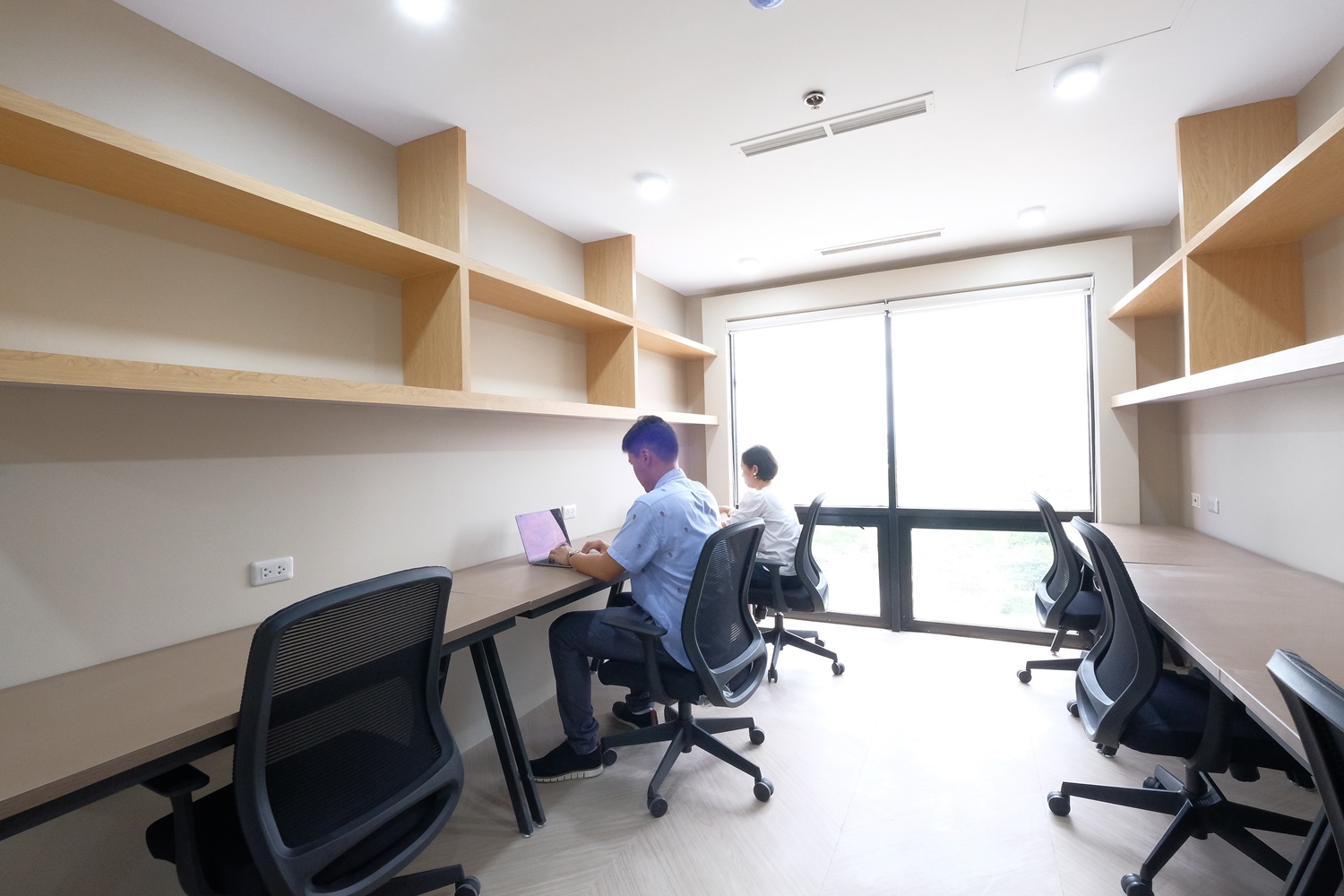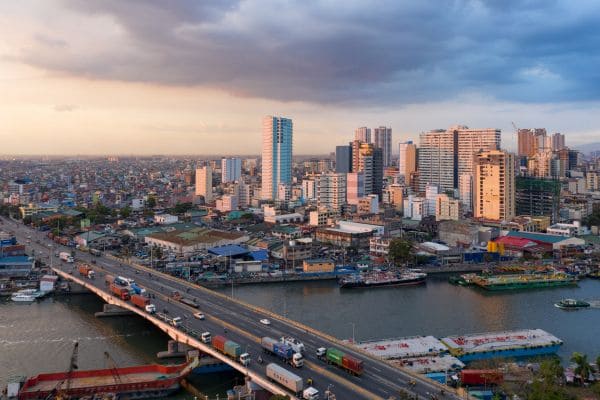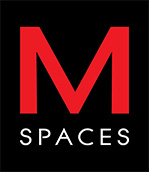The concept of workspaces has changed a lot over the years and is no longer stuck to being just a desk in the office. Especially after the pandemic, more types have become more popular and appropriate as more companies and individuals adopt a hybrid work setup.
From coworking spaces in Manila to private offices and at-home workstations, learn the differences between each type and how they may benefit your business.
Various Types of Workplaces
Each type of workplace caters to different workstyles, providing professionals with diverse options to enhance their productivity. They are also designed to meet their specific preferences and needs.
Here are some common workspace types in the Philippines.
1. Assigned workspace
This is the traditional office workspace type and refers to where an employee has a fixed and sometimes personalized workstation within the company’s premises. It may either be composed of a simple desk or a cubicle.
Assigned workspaces are more common in organizations where employees work in an office. And the benefits of this type are:
- Stability and familiarity
- Sense of ownership
- Personalization
2. Coworking space
Coworking spaces are essentially shared workspaces under one roof, typically rented out for a fixed time. It has become a popular type of workspace after the recent pandemic as more people switched to online or hybrid work.
Seats are not assigned to a specific person. Instead, it is shared among professionals – usually freelancers, remote workers, and contractors. It is less cluttered and is not personalized, unlike assigned workspaces. Moreover, these spaces are often already equipped with ergonomic workstations.
Coworking spaces in Manila are also great for finding potential collaborators and business partnerships. Some places also come with pantries and other necessary equipment like printers and scanners.
3. Coffice
Coffice is a word derived from the combination of “coffee” and “office.” It has also become popular for freelancers and remote workers as it offers a change of scenery from the traditional workspace.
It is also more casual than coworking spaces because it is often a coffee shop where people go to work. Moreover, these places are typically not rented for the day. Instead, anyone only needs to buy a coffee or other drinks to get a table and Wi-Fi access.
While coffices may be cheaper than renting coworking spaces, it may still be less ideal. Often, there are no private spaces to take confidential calls or access printing equipment. They may also be less quiet as it is essentially a coffee shop, and non-working patrons can stay there.
4. Conference room
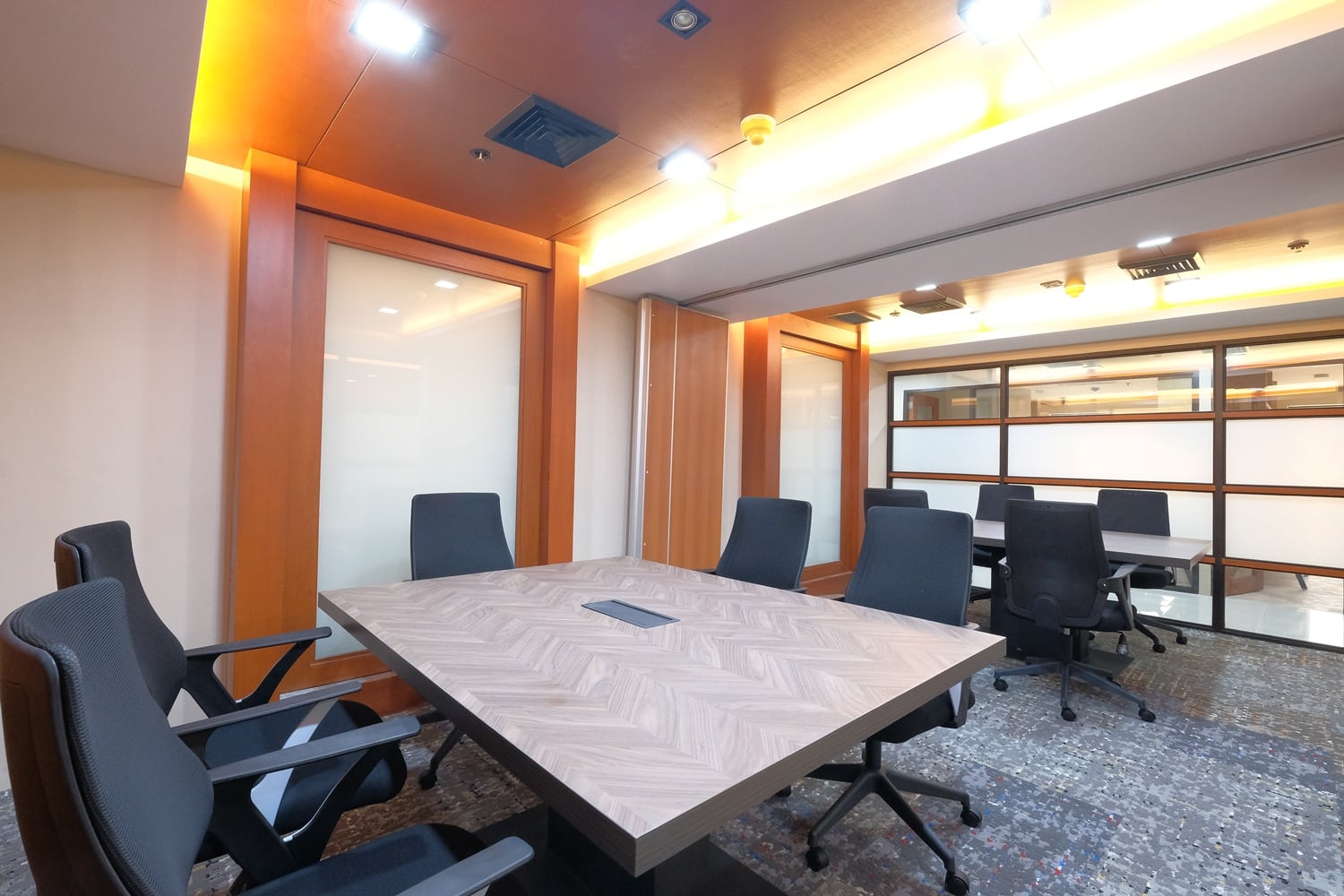
Conference rooms are dedicated meeting spaces within an office or business facilities, complete with audio-visual equipment. It traditionally includes a long table with chairs all around it. Although in more recent years, it has adopted different design strategies to suit business needs.
The main benefit of using conference rooms is privacy. These spaces are often closed rooms with soundproof walls, so they’re great for confidential business meetings. Other benefits include:
- Structured professional environment
- Equipped with audio-visual equipment for presentations
- Fewer distractions and interruptions
5. Creative spaces
Creative space is a unique workspace with specialized environments meant to inspire innovation, creativity, and imagination.
Unlike the previous workspace types above, a creative space doesn’t just feature desks and office chairs. Instead, it often includes couches, bean bags, or armchairs and access to specialized tools like 3D printers, prototyping materials, and digital design software.
These spaces don’t cater to a specific industry and are great for artists, engineers, makers, and entrepreneurs. They also foster a collaborative atmosphere where individuals can easily exchange ideas, provide feedback, and network.
6. Hot desks
Hot desks are a flexible working arrangement, often found in coworking spaces and open-plan work environments. In this environment, workspaces are chosen on a first-come, first-served basis each day. So, personal belongings and other work materials are cleared after use or stored in dedicated storage spaces for the day.
This is a great workspace design for dynamic and collaborative work, as you can set up your workstation anywhere you want next to anyone you like. So, for traditional office spaces, you can sit next to a colleague who will be most helpful with your task for the day.
Hot desks are also a good way to save on room space and expenses, especially for businesses that use a hybrid workplace model.
7. Homeworker/working from home
Homeworker or working-from-home workspaces will differ from person to person. It can be a dedicated room or a worktable where an individual works for the day. It can be less structured than typical office workspaces as it may intrude with personal or household boundaries.
However, it is the easiest to personalize as professionals own the space and can decide to add what they need to make their workday more productive.
8. Meeting spaces

Often confused for conference rooms, meeting spaces are usually designated rooms within a business facility for meetings and gatherings. They differ from conference rooms as they are typically smaller and better used for small groups or meetings with clients.
Besides the size, meeting spaces and conference rooms share the same benefits and uses. Although conference rooms are better for teleconferencing.
9. Private offices
Private offices are exclusive and enclosed workspaces often found in larger offices or business venues. They are often used by executives and managers or small teams that need enhanced privacy. While any industry may offer private offices, it is more commonly found in law and consulting firms.
- This workspace has these benefits:
- Exclusive access
- Confidentiality
- Working without interruptions or distractions
However, private offices tend to limit interactions and collaborations with employees.
Want to know more about coworking? Read Coworking Space as an Alternative Office Solution.
Choosing the right workspace type for your needs
The right workspace will enhance your work productivity and efficiency. It also considers your overall comfort and well-being, so it is important to find one that matches your needs.
At M Spaces, we prioritize your needs and comfort in our three types of workstations. We offer coworking spaces, private offices, and meeting rooms with high-speed internet access and a pantry.
You can choose from three different sizes of private offices: micro (4-5 seats), medium (6–7 seats), and mega (8–12 seats). We also offer different meeting room sizes: small meeting rooms (up to 6 persons), large meeting rooms (up to 10 persons), and conference rooms (up to 22 persons).
Learn more about these serviced workspaces and contact us or email info@mspacesph.com.

